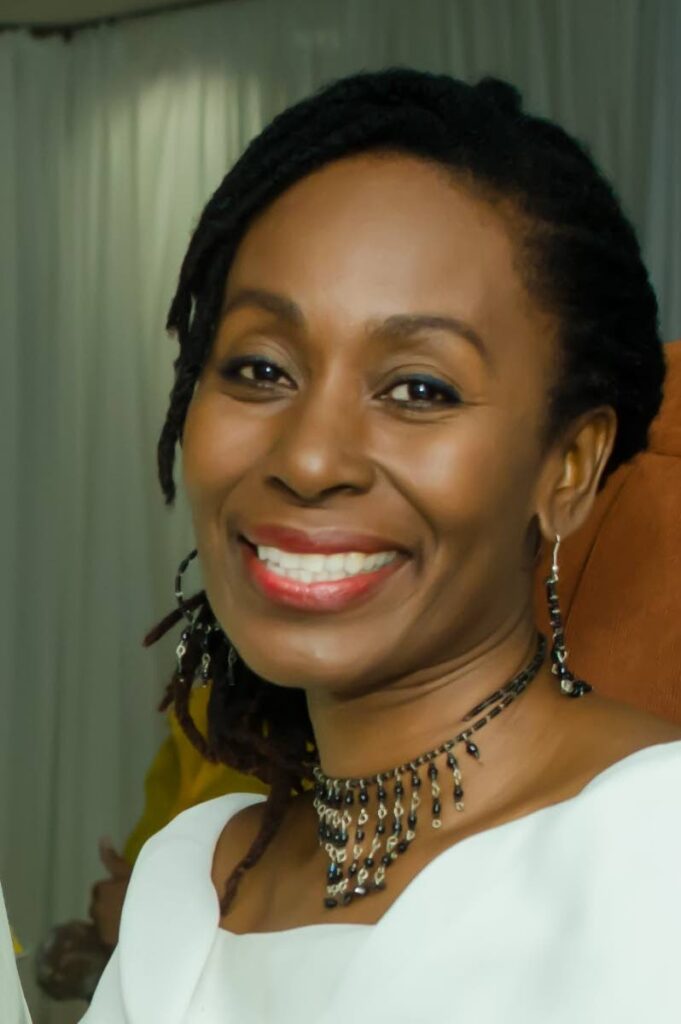From Afrobeats to TT rhythms and back

Culture Matters
DARA E HEALY
Water, e no get enemy Omi o l’ota o (water e no get enemy)/If you fight am, unless you wan die (water e no get enemy)/I say water no get enemy (water e no get enemy)/I dey talk of black man power (water e no get enemy)/I dey talk of black power, I say (water e no get enemy)/I say water no get enemy (water e no get enemy)
– Water No Get Enemy, Fela Kuti
IN ORDER to understand the power of Afrobeats – the music popularised by artists like Burna Boy, Wizkid and Tiwa Savage – we must go to the source. In the 1960s and 70s, Fela Kuti was captivated by jazz and its potential for deepening his own Nigerian musical traditions. The music he created, Afrobeat, is described as “a fusion of jazz, funk, highlife and traditional Yoruba chants and rhythms.” Fela also saw his music as a form of political protest, which often landed him in serious conflict with the government.
Younger generations of African singers continue the tradition of singing in Yoruba or nation languages mixed with English. Today, they are influenced by Western popular music, as well as “juju, dancehall, soca, Naija beats, house, and hiplife, a Ghanian take on hip-hop.” This music is called Afrobeats, with an “s.”
As we begin the commemoration of African History Month in TT, we recognise that our story surrounding the mixing of African music genres began even before Fela embarked on his journey. As you know, the 50s were a time of global ferment. Artistes like Lord Kitchener were leaving the Caribbean in search of a better life. In London, Emmanuel Teteh Mensah, or ET Mensah, a well-known Ghanaian musician, met Kitchener and other musicians from around the world.
“London was a crossroads where people from all over the British Empire met. They came from Africa – Nigeria, Ghana and Kenya, but also from the Caribbean – Jamaica, Trinidad and Tobago, and not forgetting all the African Americans who came through.” As my beloved Uncle B would have said, “Man, the city was jumpin’!”
Although Mensah played highlife music in Ghana with elements of calypso and jazz infused into traditional African rhythms, meeting “Kitch” and others inspired him to take highlife music to another level.
In the following decades, musicians like Fela continued to integrate calypso and other Caribbean rhythms like reggae into their repertoires. The cross-culturisation of music across the African diaspora included flavours from Latin America, also influenced by African music styles. From Carlos Santana to Jimi Hendrix and Bob Marley, the music of that era reverberates still. In TT, it flowed through Andre Tanker. with unforgettable pieces like Basement Party, heavily inspired by funk, reggae, soul, calypso and soca.
The new generation of African singers are once again experimenting and collaborating with African American stars like Beyonce and Drake. Tiwa Savage has a beautiful duet with R&B star Brandy – “Sorry, I’m not sorry/Elixir Ni Bobo yen se/Should I try? Try again?/But now my heart still day pain me/Oka mi le, o le kobo/Shobi shoni m’eran ni?…/Tired of gettin’ it wrong/This won’t be another heartbreak song.”
Like Fela, Grammy winning artist Burna Boy uses his music as a vehicle to speak out against injustice in his home, Nigeria. In 20 10 20 he sings – “Twentieth of October 2020/You carry army go kill many youth for Lekki/Na so water o water runaway my eye/Nothing you go talk wey go justify the case of their murder.”
If you listen carefully, you can hear tamboo-bamboo in West African music. As the music moves from the continent to the Caribbean and back, soca artists increasingly explore the musical synergies and historical connections. Olatunji included moves from the Nigerian-inspired Etighi dance in Ola, while Fay-Ann Lyons collaborated with Stonebwoy for some eye-watering wining in Block the Road. Beyond the soca world, Wasafoli, the West African dance and drumming company, has been thrilling audiences with these styles for years.
We are in the middle of another moment in time similar to when Ras Shorty sang Om Shanti Om, when Singing Sandra delivered Voices of the Ghetto, or when SuperBlue sang Soca Baptist. This time, we are witnessing the meeting of Afrobeats and soca. The primordial connection between Africa and the diaspora remains strong in spite of all the trauma. Wait, you will see what comes next.
Dara E Healy is a performance artist and founder of the Indigenous Creative Arts Network – ICAN


Comments
"From Afrobeats to TT rhythms and back"